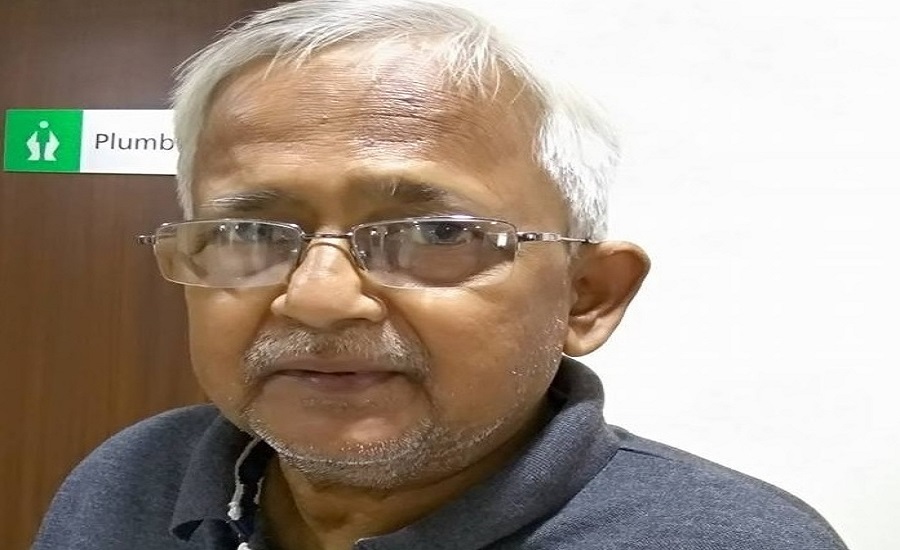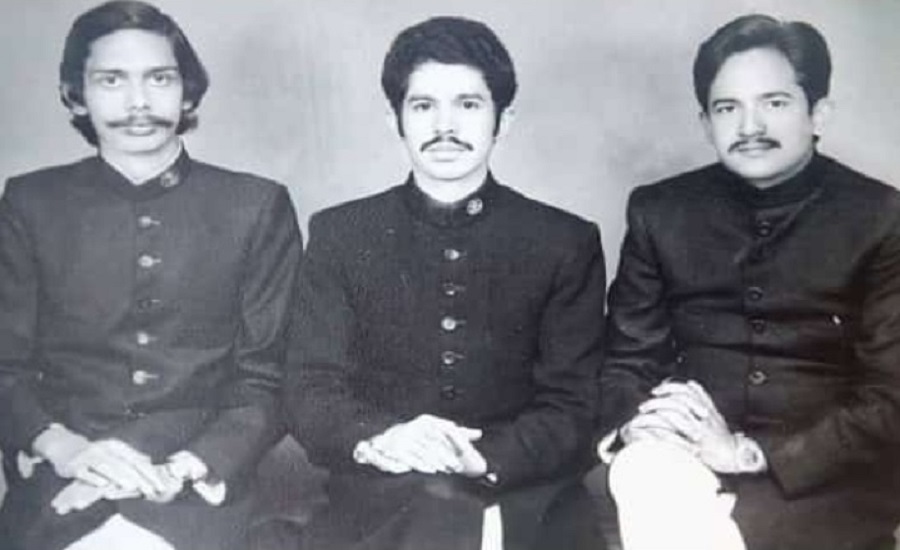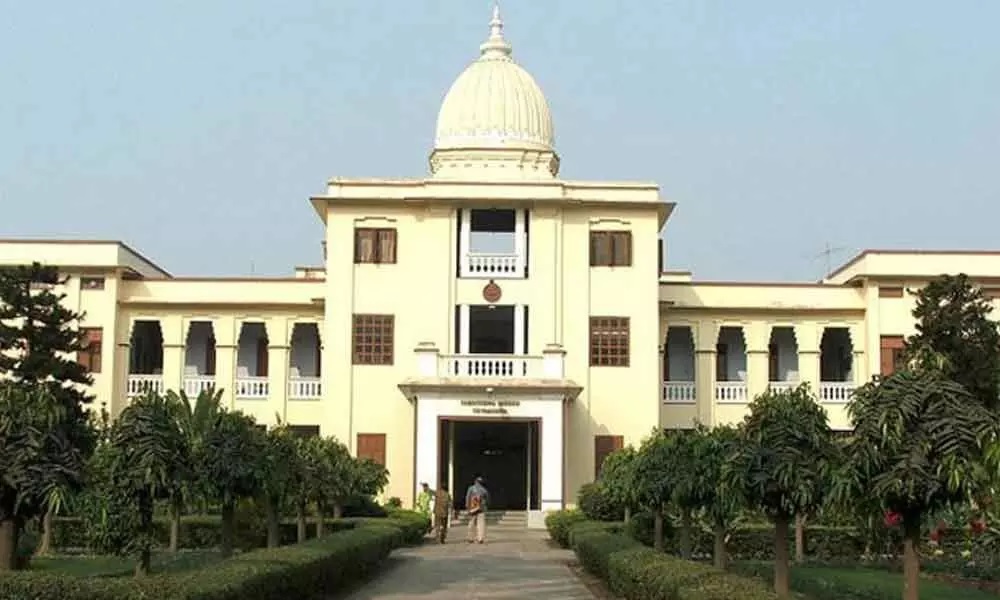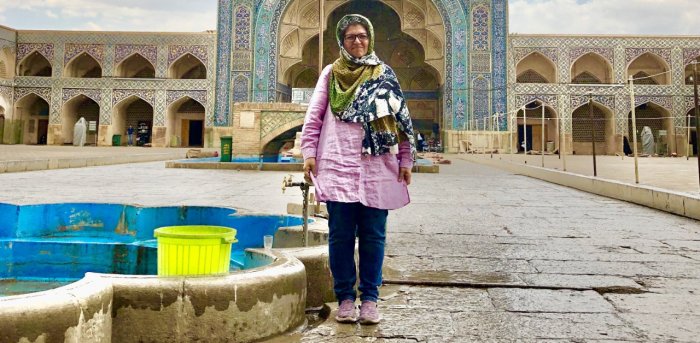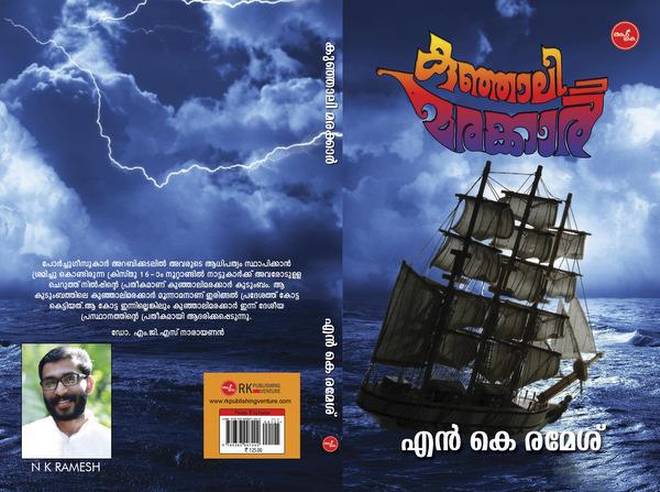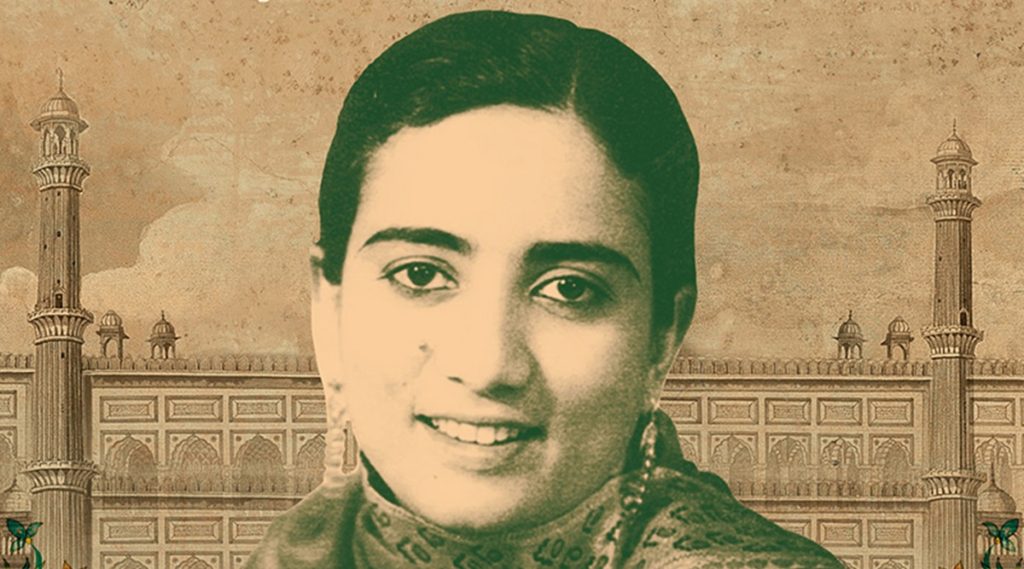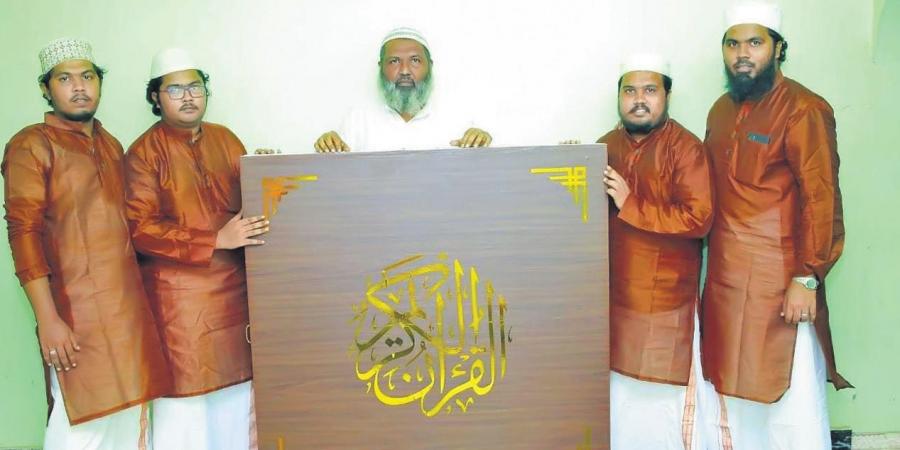Parvez Ali Khan’s restaurant in Armenia’s capital Yerevan is delivering packages of cooked food to those forced to flee their homes in the Nagorno-Karabakh region.
Patiala (PUNJAB) INDIA / Yerevan, ARMENIA :
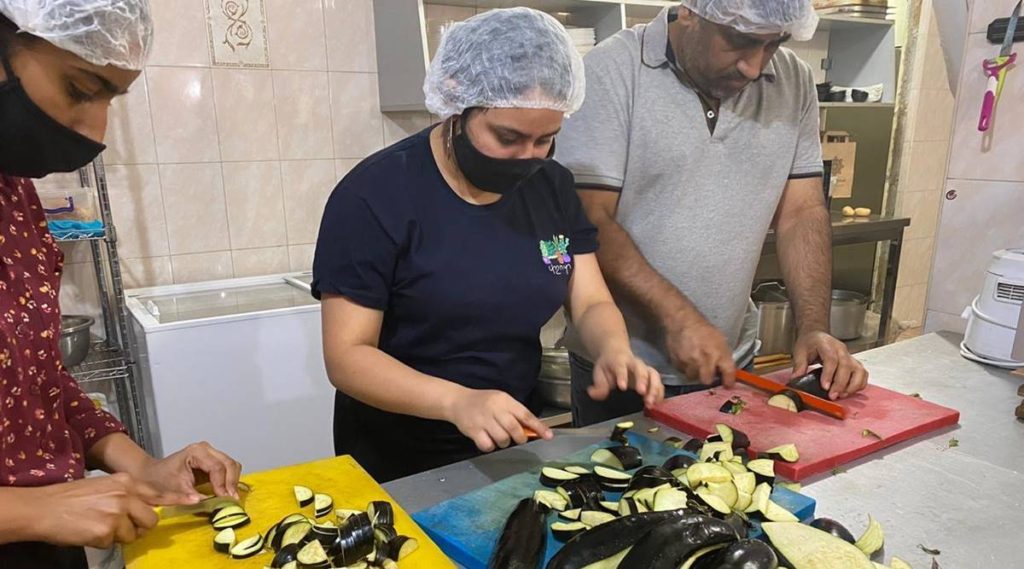
When fresh clashes erupted between Armenia and Azerbaijan in Nagorno-Karabakh in the South Caucasus approximately two weeks ago, Parvez Ali Khan knew that he had to do something for the country that he now calls home. Khan, a 47-year-old from Patiala, India, had moved to Armenia five years ago with his wife and two daughters, in the hope of economic prospects and now runs Indian Mehak Restaurant and Bar, a two-year-old establishment located in the heart of capital Yerevan, just minutes away from Republic Square.
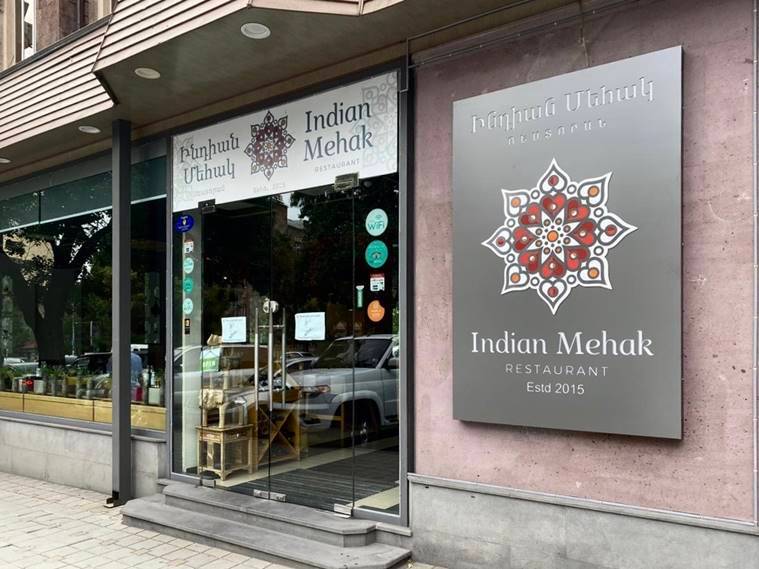
Since fighting broke out on September 27, Armenian officials have said that the total military death toll has gone up to 244 as of October 6, according to a Reuters report, making it one of the most violent clashes in the region since the 1990s. It is unclear how many people have been forced to leave Karabakh since the fighting began, but social media posts and witness reports suggest the numbers are high.
“I must have seen approximately 30,000 refugees in Yerevan,” Khan says. On October 4, on the restaurant’s Facebook page, the family announced that they were providing freshly-cooked Indian food to people who had fled the Nagorno-Karabakh region and were seeking refuge in the capital. “We are Punjabis and we help people wherever we are. We have always done it,” Khan says.
Since the clashes have intensified, Armenians across the country have stepped in to help in whatever way they can, and Khan says he wanted to do his bit. So he turned to the resources he had easy access to—his restaurant’s kitchen. People from the Nagorno-Karabakh region who were seeking refuge in Yerevan were being given dry ingredients, with no access to facilities where they could cook, Khan says.
Overnight, he turned his kitchen into a space where his staff could prepare hundreds of food packages to distribute in the capital. “I had some savings that I had kept aside to open a restaurant in Prague. That didn’t materialise due to the coronavirus outbreak. So I am using those funds for this.”
“We started on October 4, and it just blew up,” says 20-year-old Aqsa, Khan’s elder daughter. “We knew there were refugees, but we didn’t know there were so many.” Since then, Khan and his family, along with four employees, have been working 12-hour shifts to prepare boxes with rice and naan, chole-bhature, vegetable dishes with potatoes, brinjal etc., all cooked using less spice than what is customary in Punjabi cooking, to suit the preferences of Armenians.
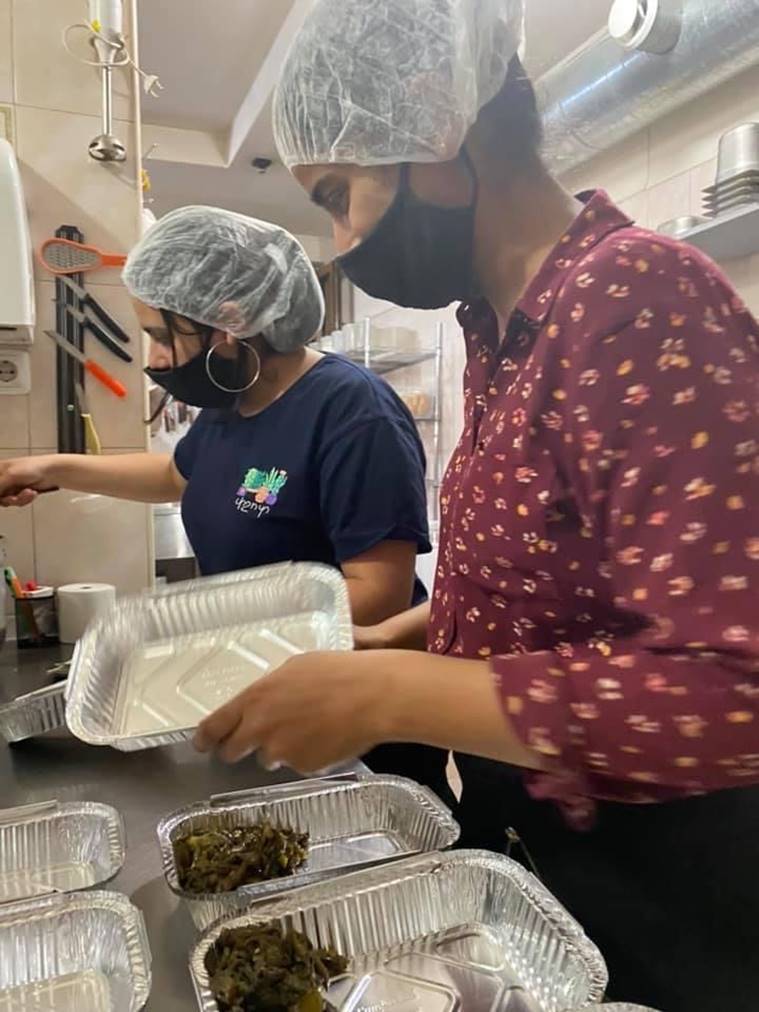
But the family doesn’t think they are doing anything unusual. “There is a lot of unity in Armenia,” Aqsa explains, pointing to citizens who have come together to donate whatever was possible—from money to essentials. “We were thinking about how we could help. So we first posted on the Facebook page about donating proceeds from delivery and take-out orders. But then we saw that the refugees didn’t have access to fresh food and we thought this was more impactful.”
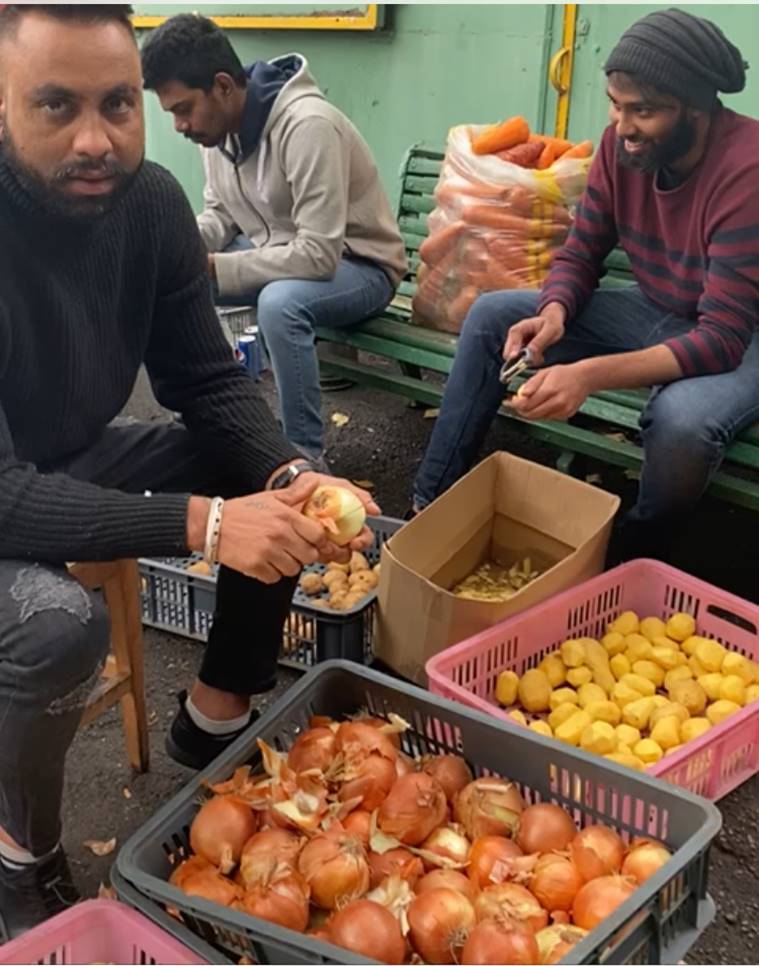
Aqsa says that the family found inspiration for the initiative when a local resident approached the restaurant asking for dry ingredients that she could use to prepare food for children to whom she was providing shelter. The family offered cooked Indian food instead. “We thought that we would be doing it for 25 to 30 people only,” says Khan. But the family soon realised that there were many more who needed their assistance.
Aqsa and her sister Alsa, 18, then took to Facebook and announced that the restaurant was offering Indian food to whoever was coming in from Artsakh, another name for Nagorno-Karabakh. “On the first day, some 400 people asked for help,” says Khan. “It grew from there,” Aqsa adds.
As their social media post has spread, the Khans’ phones haven’t stopped ringing. While some callers have been requesting for food packages, many others have reached out to the restaurant to offer assistance in any way they can. “Women are calling us to ask if we need help in the kitchen. People are bringing their cars to help distribute the food,” says Khan.
Recently, a volunteer delivered food from the restaurant all the way to Hrazdan, a town some 50 kms away, where some residents of Nagorno-Karabakh have sought refuge. Another volunteer has helped deliver food to Tsaghkadzor, a town a little further away. While the Khans are cooking the dishes, four Armenians have stepped in to help package the food and deliver it across Yerevan.
“Now refugees are calling us directly, as are organisations who are helping them. Some hotels who have been hosting refugees have also asked us to provide (food packages) for one meal a day,” says Aqsa. “I have never seen anything like this.”
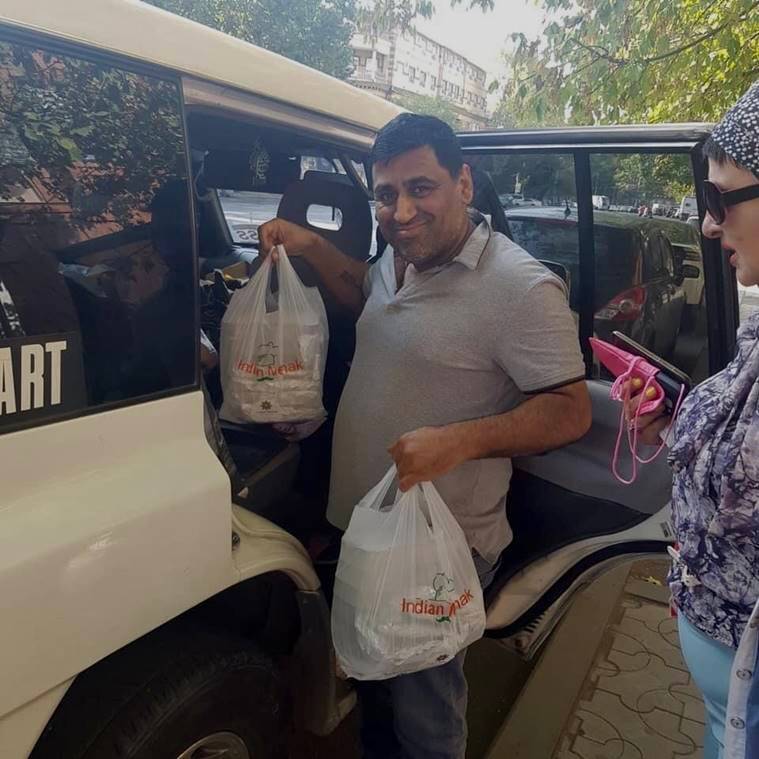
Since the initiative is only a few days old, for now, Khan is making use of his restaurant’s supplies to prepare these food packages. The restaurant has found an outpouring of support from people across Armenia and even those in the diaspora. Many have left them messages of gratitude, promising to visit the restaurant when they can. “After the war, I will visit your restaurant and celebrate our victory,” says one message on their Facebook page, with hundreds of others in a similar vein.
There aren’t too many Indians in Armenia, says Khan, and his establishment is among the few prominent Indian restaurants in the country. In Yerevan alone, he believes, there must be around 100 Indian families, with approximately 4,000 Indian students studying medicine, scattered in universities across the country. Following the Indian government’s operation of Vande Bharat flights to help citizens overseas return home during the coronavirus pandemic, many have temporarily left.
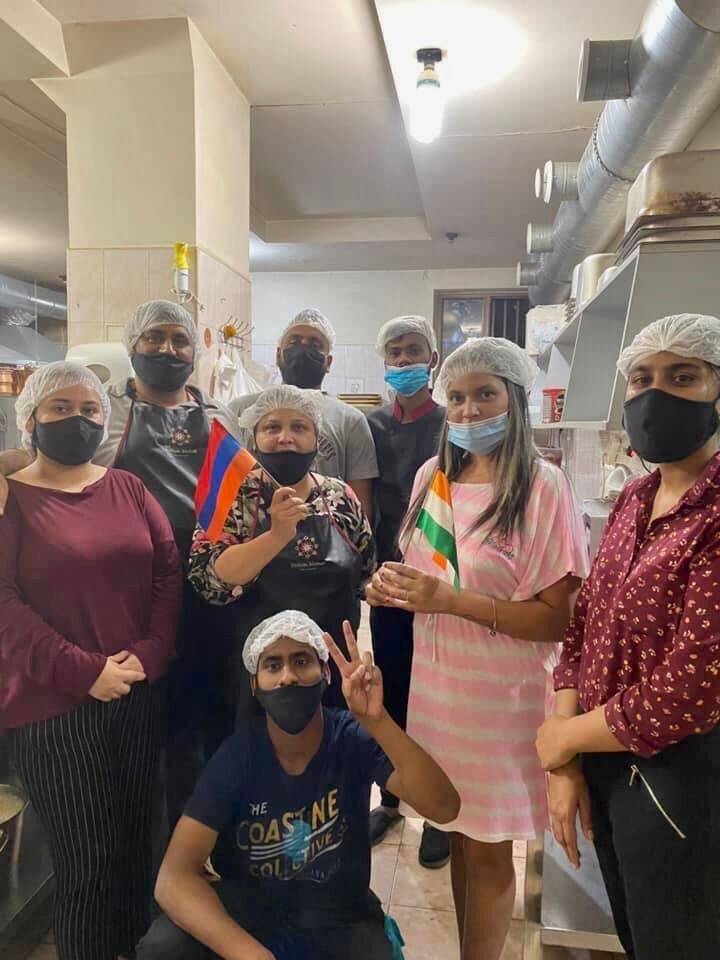
Over the past five years, Khan says his daughters have developed a fondness for Armenia. During their years at school and college in the country, they have made friends, learnt the language and the culture and have adapted well here, while holding on to their Indian citizenship. “They like the country.” The family has been working non-stop to prepare the food packages and they don’t have too much time for more questions. For Aqsa, Nagorno-Karabakh is as much a cause as it is for her Armenian friends and she is doing whatever she and her family can to assist the country that is now home.
source: http://www.indianexpress.com / The Indian Express / Home> World / by Neha Banka, Kolkata / October 07th, 2020
